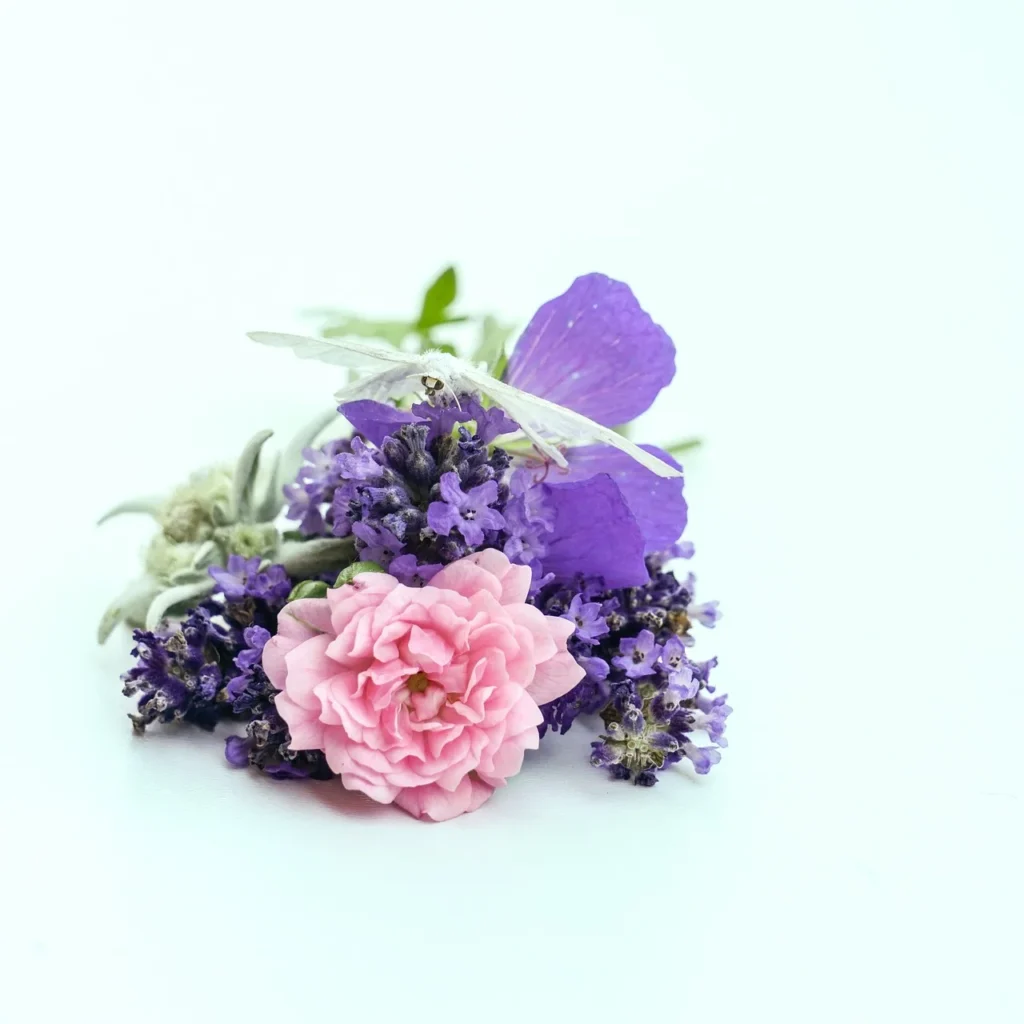The best guide to growing Lavandula spp or Legender in 2024

Table of Contents
Type: Perennial
Features: Drought-tolerant, fragrant, attracts bees and butterflies. Grows well in the Mediterranean climate and the West.
If you’re looking to infuse your garden with a touch of timeless elegance and fragrant beauty, Legender—commonly known as lavender (Lavandula spp)—is an exceptional choice. This versatile and beloved plant has captivated gardeners for centuries with its aromatic blossoms and soothing hues. Whether you’re a gardening novice or a seasoned enthusiast, understanding the nuances of growing lavender can elevate your garden to new heights.
The Allure of Lavandula
Lavender’s charm is undeniable. Its slender, silvery-green foliage and spikes of delicate purple flowers make it a standout in any garden setting. Beyond its aesthetic appeal, lavender offers a wealth of benefits. Its essential oils are renowned for their calming properties, and its flowers attract pollinators like bees and butterflies, enhancing the overall health and vibrancy of your garden.
Choosing the Right Variety
Lavender comes in various species and hybrids, each with its unique characteristics. Lavandula angustifolia (English lavender) is known for its classic fragrance and compact growth, making it ideal for formal gardens. Lavandula stoechas (Spanish lavender), with its distinctive tufted blooms, adds a whimsical touch. Meanwhile, Lavandula x intermedia (lavandin) is a robust hybrid that excels in larger landscapes.

Ideal Growing Conditions
Lavender thrives in well-drained soil with a neutral to slightly alkaline pH. Choose a sunny spot in your garden, as lavender requires at least 6-8 hours of sunlight daily. Make sure air circulates around the plants to prevent disease. If your soil is heavy or clayey, consider planting lavender in raised beds or containers to improve drainage.
For more information about quality soil you can read our post:
https://fine-gardening.com/importance-of-soil-testing-for-fine-gardening/
Planting and Care
When planting lavender, space your plants 12-18 inches apart to allow for their natural growth and air circulation. Add sand or gravel to the soil to enhance drainage. Water lavender sparingly; it’s more tolerant of drought than overwatering. A light pruning after the bloom period will help maintain the plant’s shape and encourage new growth.
For more information about irrigation you can read the folowing post:
https://fine-gardening.com/drip-irrigation-choosing-the-right-hose/
Harvesting and Uses
Lavender’s versatility extends beyond the garden. Its fragrant flowers can be harvested to make sachets, oils, and teas. For the best quality, pick the flowers just as they start to open, and hang them in a dry, shaded area to cure.

Conclusion
Legender, or lavender, is a garden treasure that offers beauty, fragrance, and functionality. With the right care and conditions, it can become a cherished feature of your garden, providing a sensory delight and enhancing the overall ambiance. Embrace the elegance of lavender, and let this classic plant weave its magic into your green space.

Leave a Reply